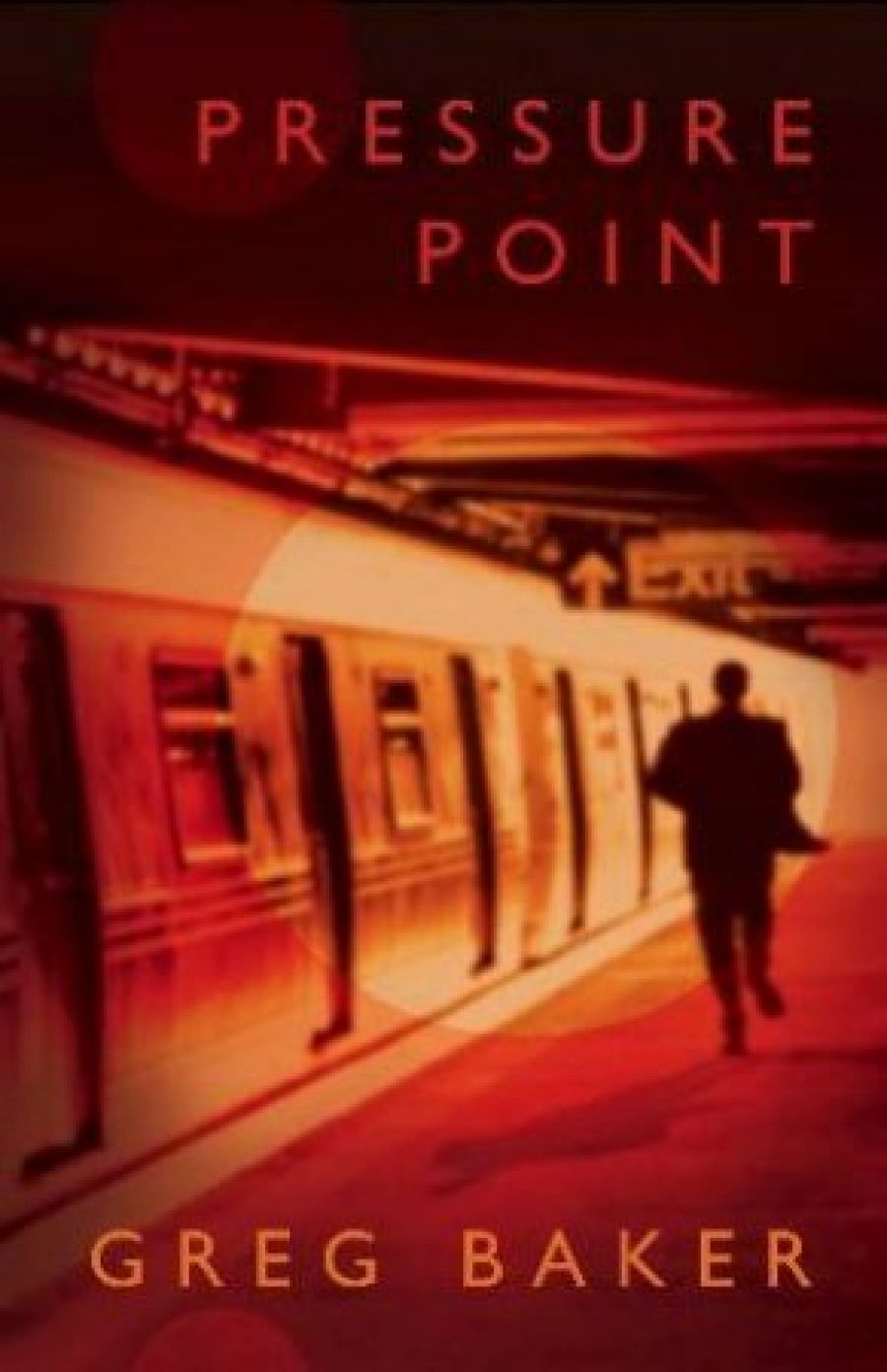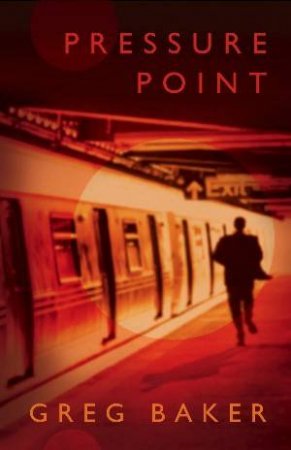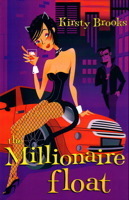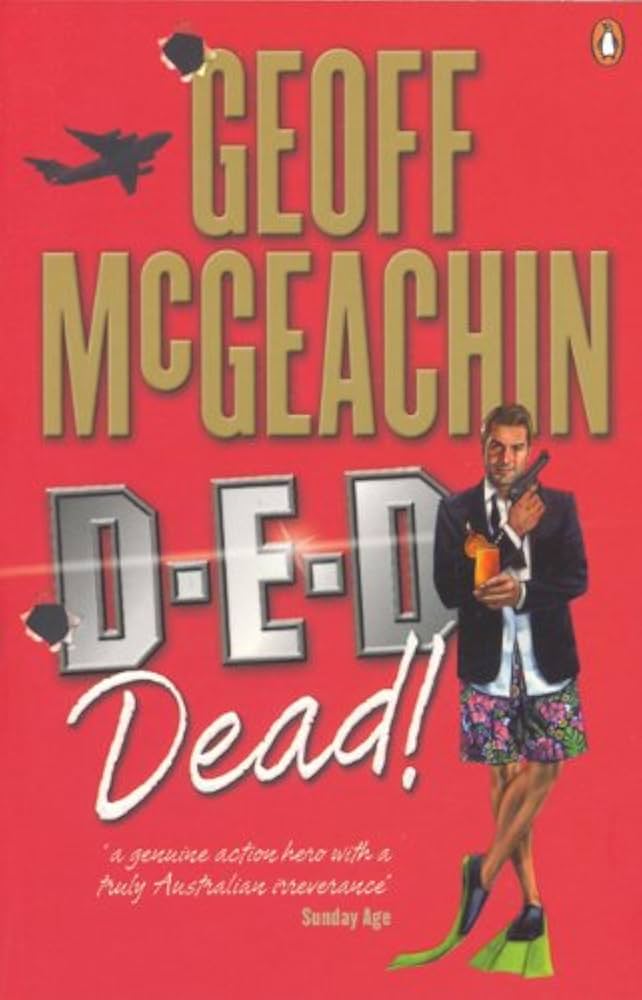
- Free Article: No
- Contents Category: Fiction
- Review Article: Yes
- Article Title: The crime of our lives
- Online Only: No
- Custom Highlight Text:
Relatively few Australians possess a criminal record, but virtually everyone in this country leads a vicarious life of crime. The greater part of our popular culture is pervaded by crime in inverse proportion to the rate of actual offending. Law and order is a sensitive political topic right now, yet at the same time never has the criminal world held such sway over the popular imagination. The bulk of television drama across all channels is crime-based, and crime is the raison d’être of endless documentaries, news reports and current affairs stories. Not even the most pedestrian soap opera is free from criminality; the rules dictate that sexual relationships must entail a period of stalking, and business cannot be transacted without skulduggery. The Hollywood dream factory, needless to say, could not operate on such an immense scale without the heavy consumption of the raw material of crime.
- Book 1 Title: Pressure Point
- Book 1 Biblio: Hardie Grant, $22.95 pb, 296 pp
- Book 1 Cover Small (400 x 600):

- Book 1 Cover (800 x 1200):

- Book 2 Title: The Millionaire Float
- Book 2 Biblio: Hodder, $32.95 pb, 306 pp
- Book 2 Cover Small (400 x 600):

- Book 2 Cover (800 x 1200):

- Book 3 Title: D.E.D Dead!
- Book 3 Biblio: Viking, $29.95 pb, 283 pp
- Book 3 Cover Small (400 x 600):

- Book 3 Cover (800 x 1200):

If we can’t run with the gangs that roam South Central Los Angeles, then we can at least imagine a life subject to the occasional drive-by shooting and the other supposed norms of the underworld subculture. The tide of crime that floods our culture ebbs as well as flows. As Paul Anderson explains in Shotgun City (2004), a feature of Melbourne’s highly publicised and in due course no doubt artistically fertile gangland war has been the extent to which it is informed by a knowledge and appreciation of crime movies.
One of the casualties in that war, a ‘company director’ named Willie Thompson, was gunned down in July 2003 by an unknown pair of hit men who had ambushed him in front of the martial arts academy he frequented in inner-suburban Melbourne. Thompson had just appeared in a film called Nightclubber, a low-budget crime thriller in which he played himself, or else someone very like him. The film screened at the aptly named Melbourne Underground Film Festival. When the television news bulletins announced Thompson’s demise, the reports included a clip from the film.
The ubiquity of crime in our culture is of course reflected in popular crime fiction. The titles under review – which are as entertaining as they are ephemeral – constitute a representative sample of latter-day pulp. In each book, the actual crime is largely incidental, a sort of handshake with the reader that initiates a dialogue on less serious topics. Few crime writers, it seems, are interested in the irreducible horror and life-changing consequences of crime, as was, say, Dostoyevsky.
The Millionaire Float is a crime novel written not in sensational tabloid headlines but in the teasing captions that are the stock-in-trade of the racier brand of women’s magazine. The third adventure of Cassidy Blair, a female detective described in the blurb as a ‘sexual sleuth’, takes an undercover assignment at a notorious nightclub which involves a fair bit of uncovering. Cassidy’s life is measured out in cocktail stirrers rather than coffee spoons. Her major preoccupation outside the solving of the mystery at hand is looking fabulous in lingerie and having lots of great sex with hot guys. In this regard, Cassidy is confronted with a dichotomy between two types of male character that are the equivalent of the dualistic male stereotyping of women memorably summed up by feminist author Anne Summers as (a) damned whores and (b) God’s police.
At the start of the story, Cassidy finds herself torn between (a) bad boy Ned and (b) good guy Sam, who happens to be a policeman. Each lover is a spunk, but Sam is also boringly law-abiding: ‘I was embarrassed to admit that Sam could be a goody-two-shoes,’ confesses Cassidy. ‘It kind of gave me the shits.’
The skin trade is soulless, but Cassidy does not work her side of the street entirely alone. I wonder whether she’d ever bump-and-grind into Simone Kirsch, the stripper-detective to whom readers have been introduced as the protagonist of Leigh Redhead’s novel Peepshow (2004). The Millionaire Float and Peepshow are examples of trick-lit, a publishing phenomenon that involves writing by women about female participation in the sex industry.
Redhead, who, according to her biographical note, has experience working as a stripper, populates her novel with similar characters and situations to those found in Brooks’s book, but the foibles of weak-minded men and abject women are viewed in Peepshow with a somewhat colder eye. Despite her shallowness and vulgarity – qualities in which the book as a whole rejoices – Cassidy Blair is proof that, in the words of an old song, naughty girls need love, too.
If The Millionaire Float fits within an identifiably female category of crime writing that complements Cleo or Cosmopolitan, then Geoffrey McGeachin’s D.E.D. Dead! and Greg Egan’s Pressure Point conform to a type of paranoid political thriller that is aimed like an Exocet missile at adolescent males of all ages, including readers of Ralph and FHM. Whereas Matthew Reilly, the most prominent practitioner of this form, writes as if his book was already slated to become a generic Hollywood blockbuster, McGeachin and Egan have both contrived dark conspiracies that centre on less familiar Australian milieux.
In D.E.D. Dead!, the action starts with a whimper when photographer and spy Alby Murdoch drops his Sauer 9 mm semi-automatic in a St Kilda tram, only to have it handed back to him by a ‘raven-haired’ young woman with ‘great legs’, who handles his gun with mysterious ease. Agent Grace Goodluck, for it is she, will reappear in the story, but not before Alby has become embroiled in a crisis involving the Directorate for Extra-Territorial Defence and the secret American base at Bitter Springs.
The front cover presages the Bond-esque frivolity within, made up of a hotchpotch of images of a cool dude in designer shades and stubble, a bikini-clad beach babe reclining in a tropical paradise next to a chrome-plated pistol, and an artful study of sinister-looking American warplanes in formation. This reviewer’s eye was, however, drawn to the declaration on the front cover that ‘McGeachin [sic] is fast-paced, sexy and very, very funny’, a statement that is bracketed by quotation marks yet which appears without attribution. So who among the reviewing fraternity is responsible for this piece of paratext?
No one, it seems. Major Hollywood film studio Sony was successfully sued recently in America after its marketing department admitted inventing a hoax critic named David Manning in order to manufacture favourable comment for use in advertising for its movies. In this case, however, no name is supplied, not even a fake one. Surely book buyers are entitled to the courtesy of at least the pretence that there has been an independent evaluation of the book. Is the puff that great postmodernist will o’ the wisp, the authorless text, or merely a cheap, safe publicity trick? Perhaps it is both.
The cover design of Pressure Point is sparer and terser than that of D.E.D. Dead!, and so is the prose. The hero is also a spy, in this case working for the Office of National Assessments in Canberra. Haunted by the death of his wife during a previous mission in Spain, Tony Martin is riding his bike in the national capital one day when a sniper starts shooting at him. He has just discovered the corpse of a highly placed contact who claimed to have explosive information that seems to implicate the highest of the high, specifically the rising young politician and former Rhodes Scholar, Peter Munro. In order to find out why all this is going on, Tony seeks out his old flame Kath Jamieson, a journalist who, like Grace, has long hair, looks fabulous in a skirt, and has grey eyes. Adapting Paul Keating’s advice about locating self-interest, the two begin following the money trail, which leads them to a cabal originating among the white élite in apartheid-era South Africa. Anyone who has seen Mel Gibson and Danny Glover’s movie Lethal Weapon 2 will have a certain familiarity with the narrative territory being trod here, but Baker keeps the pace unobtrusively brisk and the action low-key.
Ratbaggery rules in Innocent Murder, the third adventure by Steve J. Spears to feature Investigator Ng and Stella Pentangeli. The opening scene outside a brothel in Chinatown could be likened to Fu Manchu rewritten by Hunter S. Thompson, as a drug-addled prospective patron is rebuffed sarcastically by a pair of tuxedo-clad Chinese Australian bouncers.
The amorous addict is in fact Ng working undercover among the triads and tribulations of the Asian underworld. Stella, meanwhile, is investigating the theft of soap opera scripts from Channel 3, the television station owned by Sir Rex Clap, whose crowning glory is a programme entitled The Young and the Naked. Soon the two detectives will find themselves joining forces when the triads target Stella, and an enraged Ng determines to exact a terrible revenge. Fans of Frank Miller’s Sin City or the films of Quentin Tarantino may like what they find here.
Judging by this quartet and their like, in today’s crime writing it is often difficult to see the trees for the wood. Perhaps the hardest things for readers and critics to avoid are the definitions and precedents that dominate the genre. In the introduction to The Picador Book of Crime Writing (1993), Michael Dibdin describes the subject area of his anthology as one ‘that has traditionally been bedevilled by rules, regulations, and rituals reminiscent of a third-rate Masonic cult’ – in other words, a genre. The uniformity identified by Dibdin is at least partly informed by the realist imperative requiring adherence to actual procedures and protocols of investigation, and by the overall narrative pattern followed closely by even some of the most ‘inexplicable’ crimes. Could the formalism and predictability of so much run-of-the-mill crime writing have some kind of sociological value even if these tendencies render it problematic in purely aesthetic terms?
If the subjects favoured in true-crime writing can serve as a barometer of the nation’s anxiety over perceived threats to its citizens’ personal safety, then the treatment of crime in popular fiction may function as an index of our culture’s preferred objects of fantasy. Obedient consumers are what they eat, wear and drive, and, in this way, the mass production and consumption of entertainment registers certain widely shared desires, aspirations and preoccupations, which, on this evidence, can be summed up in just three words: wealth, sex, power. Add some violence, and mix.


Comments powered by CComment